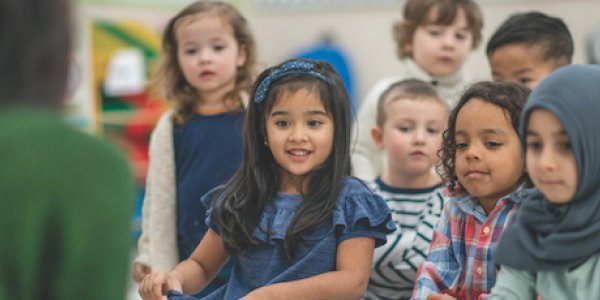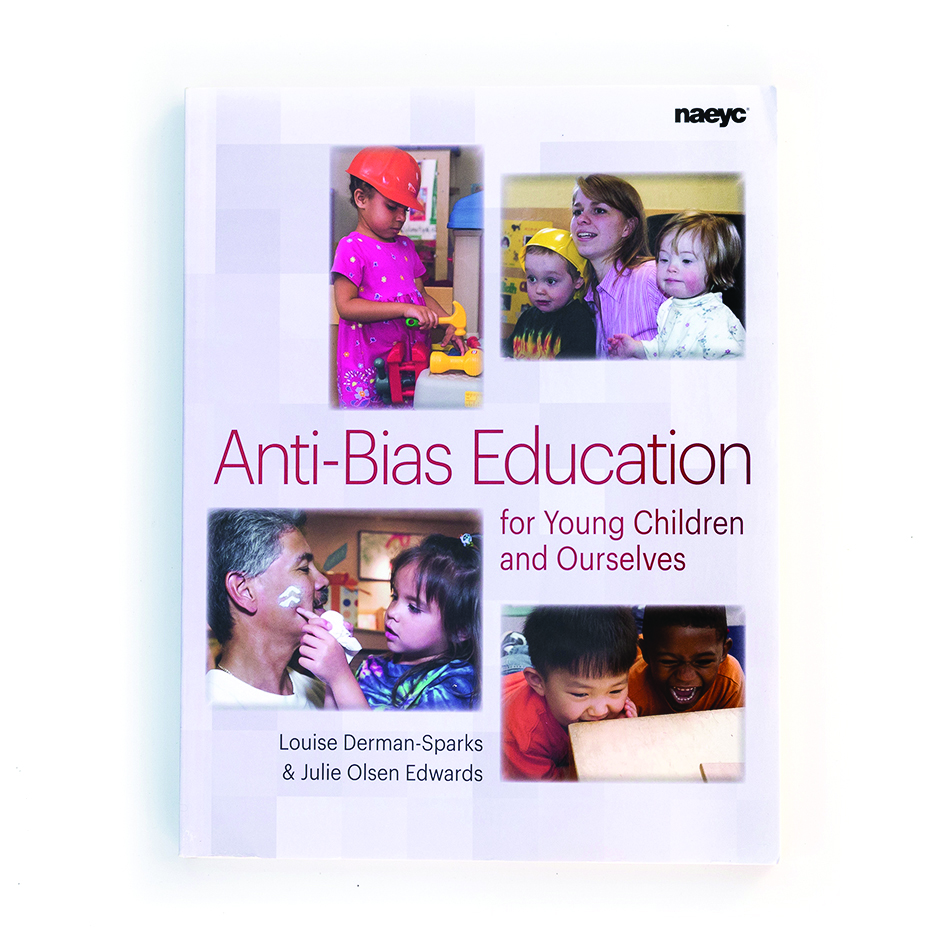Ask Hello. Learning about Holidays and Fairness

You are here
 NAEYC’s HELLO online forum is a great place to have conversations and create connections with peers around important early learning issues.
NAEYC’s HELLO online forum is a great place to have conversations and create connections with peers around important early learning issues.
In recent Hello discussions, members have sought advice on celebrating holidays in the classroom.
Excerpts from Hello have been edited for style and length.
Question:
On Hello, there have been extensive discussions about holidays. Below are some responses that offer ideas for celebrating holidays in ways that welcome all children and families.
Responses:
We have celebrations around the holidays that fit the general spirit. For example, the week before Thanksgiving, we read the book Stone Soup and encourage families to bring an ingredient for our own stone soup. Then we make our soup and invite families to share it with us. In December, we focus on giving. In the past, I’ve done a drive for a local thrift store. In addition, the children make gifts for their families and we read The Giving Tree. This year, we’re doing a book exchange with other classes in the school and a dollar store exchange among the class members. At the same time, we don’t discourage families or children from using the name of a holiday; we just don’t use it ourselves.
—Amy, North Carolina
Winter holidays are interesting and festive. Guiding our students to research how various countries celebrate the coming of winter has always been exciting. It is also vital for our students to expand their cultural experiences with people who may celebrate Hanukkah, Kwanzaa, Diwali, Christmas, and many other holidays. Researching in the domain of social studies is a gratifying experience for all children, regardless of what they celebrate in the winter season.
—Milagros, New Jersey
One approach is to look for universally celebrated seasonal themes and build around those. We think globally! Here are a few ideas:
- Fall is often a celebration of the harvest and of giving thanks. We present historically accurate (nonstereotypical) information for the American Thanksgiving.
- Winter brings celebrations of peace and light. Just think of all the ways that candles are used across cultural and religious observations!
- Spring offers new growth—there’s no reason for Easter bunnies!
Once you get past the mindset of “But we’ve always done it this way,” it will feel comfortable to be culturally responsive. Children do talk about what happens in their lives at home (a good thing), and each child grows their understanding of other people, cultures, and ways of thinking.
—Edyth, Kentucky
More information about celebrating holidays in the classroom
Teachers vary how they approach holidays in their instruction and activities. Some don’t include them at all, others create special school holidays, and still others choose a diverse range of holidays to engage the class in.
Addressing this topic in Anti-Bias Education for Young Children and Ourselves, authors Louise Derman-Sparks and Julie Olsen Edwards don’t focus on the question “Do I or don’t I include holidays in my curriculum?” Instead, they ask teachers to ground whatever holiday activities they choose in several principles of and goals for anti-bias education.
 A great source for information on holidays is Anti-Bias Education for Young Children and Ourselves by Louise Derman-Sparks and Julie Olsen Edwards.
A great source for information on holidays is Anti-Bias Education for Young Children and Ourselves by Louise Derman-Sparks and Julie Olsen Edwards.
Do you have questions or suggestions to share with your peers?
Are you simply interested in reading different takes from early childhood educators around the country? Tap into the vibrant discussions on Hello at hello.NAEYC.org/welcomehello.